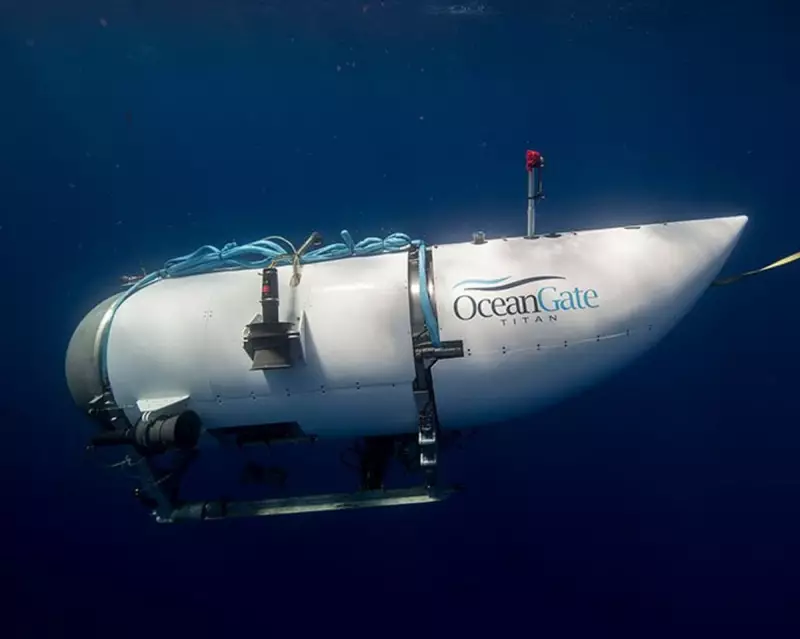
The US Coast Guard has released a scathing report into the catastrophic implosion of the Titan submersible, uncovering a trail of safety failures and regulatory shortcomings that led to one of the most shocking deep-sea disasters in recent memory.
Systemic Failures Exposed
Investigators found multiple critical flaws in the submersible's design and operation, including inadequate safety protocols and questionable maintenance practices. The report highlights how warning signs were repeatedly ignored before the vessel's fatal descent.
Key Findings:
- Structural weaknesses in the hull design
- Insufficient emergency response planning
- Lax regulatory oversight of experimental vessels
- Pressure testing irregularities
Industry-Wide Implications
The findings have sent shockwaves through the deep-sea exploration community, with experts calling for immediate reforms to prevent similar tragedies. The report raises serious questions about the balance between innovation and safety in extreme environment technology.
Safety campaigners have seized on the findings to demand stricter regulations for all commercial submersible operations, while industry representatives warn against overreaction that could stifle technological progress.
Families Demand Accountability
Relatives of those lost in the disaster have welcomed the report's transparency but expressed outrage at the preventable nature of the tragedy. Several have announced plans for legal action against the operators and regulatory bodies.
The Coast Guard has pledged to implement all of the report's recommendations, including establishing new safety standards and improving oversight mechanisms for deep-sea vessels.





